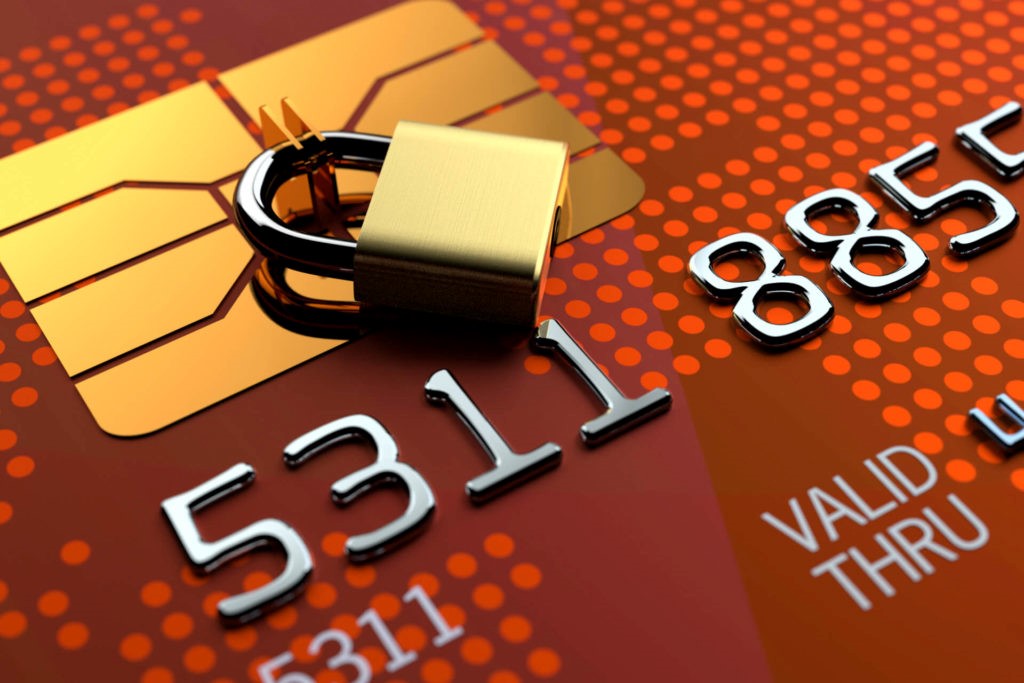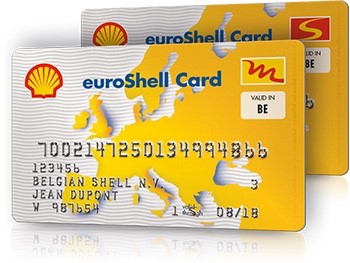
Fuel cards first appeared, in name, in the 1980s but they offered few benefits and little security. Smart cards and smart self-service pumps have brought big changes. They now offer businesses some enormous benefits. Although a fuel card superficially resembles a credit card they work differently, both technically and financially.

Using a fuel card
The first significant difference is the degree of control they provide to the issuing transport manager. When the card is set up the company can specify exactly how the card can be used, setting limits on the cash that can be spent, the number of gallons that can be bought or hours of use. They can be restricted to fuel purchases or extended to cover other transportation overheads like oil purchases, road tolls or hotel stops.
When the driver swipes the card at a pump, vehicle ID and odometer details are fed into the system. That enables the issuer to confirm the transaction conforms with all the client’s conditions. The client can then receive an immediate invoice and also details about their vehicle’s location, mileage and fuel consumption.
Like a credit card, transaction approvals don’t entail an immediate balance deduction but in a sense, you buy your fuel from the card issuer rather than the garage. Issuers are not in the lending business like credit card operators, which reduces transaction overheads but requires you to settle with them promptly in full.
Choosing a fuel card
Different cards contract you to different fuel chains, provide different benefits and may or may not integrate with other telematics and tracking systems. The same issuers often provide a choice of schemes. For example, BP fuel cards include the BP Plus, Plus Bunker, Supercharge and Aral. BP fuel cards can also be used at more outlets – but that does not guarantee they are on your routes. There are many benefits to explore and compare.

The benefits
The first is security. In addition to the chip and the PIN, the vehicle ID, location and other details provide far more control over proper use of the card.
The next is administration. When transactions take place, the invoice can feed instantly into the companies accounting packages ready for tax returns, overhead reports, balance projections and so on.
The third is logistics. The system helps provide real-time information about mileage, location and fuel consumption. Heavy fuel consumption combined with a late refuel could be a warning of traffic congestion on certain routes. Increasing fuel consumption might suggest that a vehicle needs an early service. This information provides opportunities to save more fuel and improve transport efficiency. Fuel cards also monitor petrol prices (see https://www.petrolprices.com/guides/fuel/fuel-cards/). Consequently, you can divert drivers to garages charging less or operating loyalty schemes (for example https://www.nectar.com/esso).
Fourthly, fuel cards are an opportunity for card issuers, and sometimes their clients, to negotiate discounts from fuel suppliers. Some card providers reserve their own fuel stocks and their customers are able to buy it at a stable discounted price everywhere.
